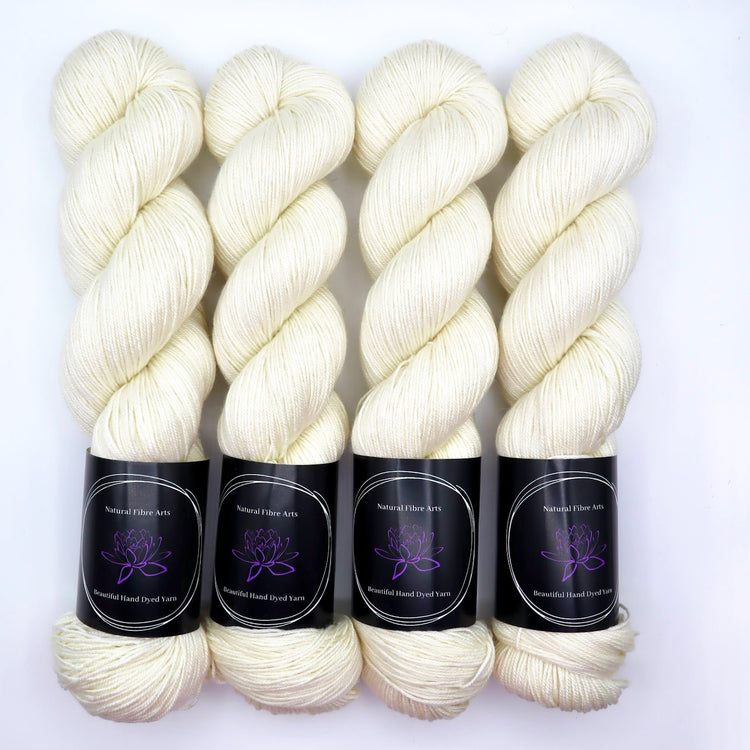What Is Cashmere and Why It’s Considered One of the Softest Fabrics in the World
What Is Cashmere and Why It’s Considered One of the Softest Fabrics in the World
Blog Article
Recognizing the Different Kinds Of Cashmere an All-natural Fiber and Their One-of-a-kind Advantages

The Origins of Cashmere: A Historic Overview
While the lavish touch of cashmere remains to appeal modern-day consumers, its beginnings trace back to the extreme, cool climates of Mongolia and the Mountain ranges. For centuries, the aboriginal peoples of these areas have been raising Capra Hircus goats, the prime resource of cashmere wool. These goats, resistant against the serious winters months, expanded a fine undercoat to endure, which later on ended up being recognized as cashmere. The name itself admires Kashmir, a region in India where the wool was originally refined. Much of the early cashmere trade course was helped with by the Silk Roadway, attaching Asia with the Middle East and Europe. In spite of its international spread, the finest cashmere is still thought to originate from the original regions of Mongolia and the Himalayas.

The Production Refine: From Goat to Garment
Shearing a Capra Hircus goat notes the inception of the complex cashmere production procedure. The resultant raw cashmere is then cleaned to remove pollutants such as veggie, oil, and dust issue.
The tidy fiber undergoes dyeing, rotating, and weaving, or knitting, to transform it right into a fabric. Complex procedures like quality assurance checks and ending up procedures adhere to, ensuring the end product preserves the glamorous standard anticipated of cashmere. This meticulous procedure, from goat to garment, validates the high expense connected to cashmere products, making them a symbol of deluxe and refinement.
The Different Sorts Of Cashmere: A Comprehensive Analysis

The One-of-a-kind Benefits of Cashmere: Convenience and Sustainability
Relocating from the selection of cashmere types to the benefits they provide, comfort and sustainability attract attention prominently. Cashmere, a natural fiber, is renowned for its unparalleled softness, offering a degree of convenience that artificial fibers can not match. The product's lightness, yet remarkable warmth retention, makes it perfect for all seasons. Moreover, cashmere's all-natural flexibility permits it to go back to its initial check out this site form, making it immune to diminishing or stretching.
When it concerns sustainability, cashmere is sustainable and naturally degradable, as it's collected from cashmere goats that regrow their coats yearly. what is cashmere. Unlike artificial fibers which can take hundreds of years to disintegrate, cashmere's effect on the environment is very little. browse around here This combination of convenience and sustainability makes cashmere a useful selection for aware consumers

Taking Care Of Your Cashmere: Upkeep and Preservation Tips
While cashmere is certainly a glamorous and lasting selection, it requires specific care to maintain its quality and prolong its life-span. To begin, cashmere need to be hand cleaned utilizing chilly water and a mild cleaning agent. Cashmere products should be kept in a great and completely dry area, away from straight sunshine and moisture.
Purchasing Cashmere: Comprehending Its Worth and Well Worth
Although cashmere might initially appear like an expensive financial investment, its long-term worth and worth become obvious when you consider its amazing qualities. Understood for its unequaled softness and heat, cashmere is a premium all-natural fiber that surpasses various other materials. Spending in cashmere, as a result, is not just about existing style fads, but regarding welcoming a sustainable, durable, and glamorous way of living.
Conclusion
In summary, the kind of cashmere one chooses, be it Mongolian, Chinese, or Italian, is determined by specific preferences for warmth, luxury, budget plan, and sustainability. The worth of cashmere extends past its cost, with comfort and longevity contributing to its well worth. Appropriate care and maintenance can guarantee its here preservation. For that reason, comprehending the beginnings, manufacturing procedure, and unique advantages of different kinds of cashmere can guide consumers in their investment in this extravagant all-natural fiber.
Whether it's the exceptional heat of Mongolian cashmere, the cost of Chinese cashmere, or the eco-conscious production of Italian cashmere, there's a tale to be discovered behind each fiber type. Cashmere, an all-natural fiber, is renowned for its unrivaled soft qualities, offering a degree of convenience that artificial fibers can't match.When it comes to sustainability, cashmere is sustainable and eco-friendly, as it's gathered from cashmere goats who regrow their layers yearly. Recognized for its unequaled softness and heat, cashmere is a premium all-natural fiber that exceeds other products. Understanding the beginnings, production procedure, and special benefits of different types of cashmere can lead customers in their financial investment in this lavish all-natural fiber.
Report this page